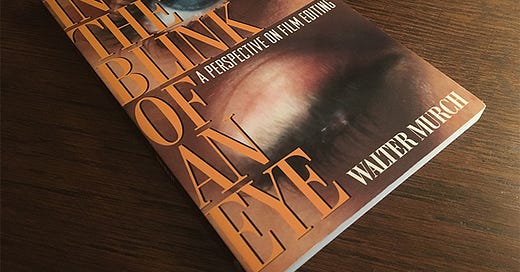Walter Murch, referred pain, and botched exposition
What film editing can teach you about joke construction.
Film editor Walter Murch (Apocalypse Now, The Godfather I, II, and III, American Graffiti, etc.) writes in In the Blink of an Eye that every time he test screens a movie, “there’s a lot of what is medically called ‘referred pain’ in the process.”
Referred pain is when you experience pain in a part of the body different from the actual source or cause of the pain. Pain in your elbow, for instance, is often caused by a pinch nerved up in your shoulder. The pain in the shoulder is “referred” to the elbow. Audience feedback is often like that, Murch continues. If a percentage of the audience agree that they don’t like a specific scene, “the chances are that that scene is fine. Instead, the problem may be that the audience simply didn’t understand something that they needed to know for the scene to work. So, instead of fixing the scene itself, you might clarify some exposition that happens five minutes earlier. Don’t necessarily operate on the elbow: instead, discover if nerves are being pinched somewhere else.”
Same thing can be true in standup. You might have a funny punchline and a good idea for a joke, but if you don’t set it up properly, it ain’t gonna work. Sure, write a bunch of other tags/punchlines if you think that’s the issue. But take a long hard look at the beginning of the joke too. The issue might be they’re confused, don’t know why you’re talking about this, or are missing key context.
Related:
A punchline problem is really a setup problem
“If you have a problem with the third act, the real problem is in the first act.” -Billy Wilder It’s often true with jokes too: If you have a problem with the punchline, the real problem is in the setup. If a joke isn’t hitting, it might be because the setup is too confusing, too long, or out of alignment in some other way. Before you give up on it, figur…





